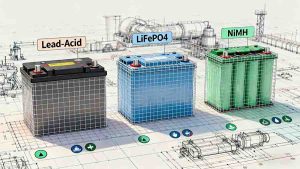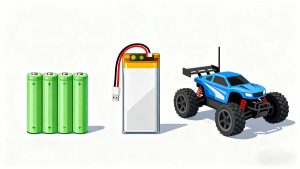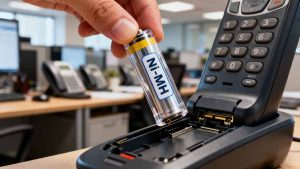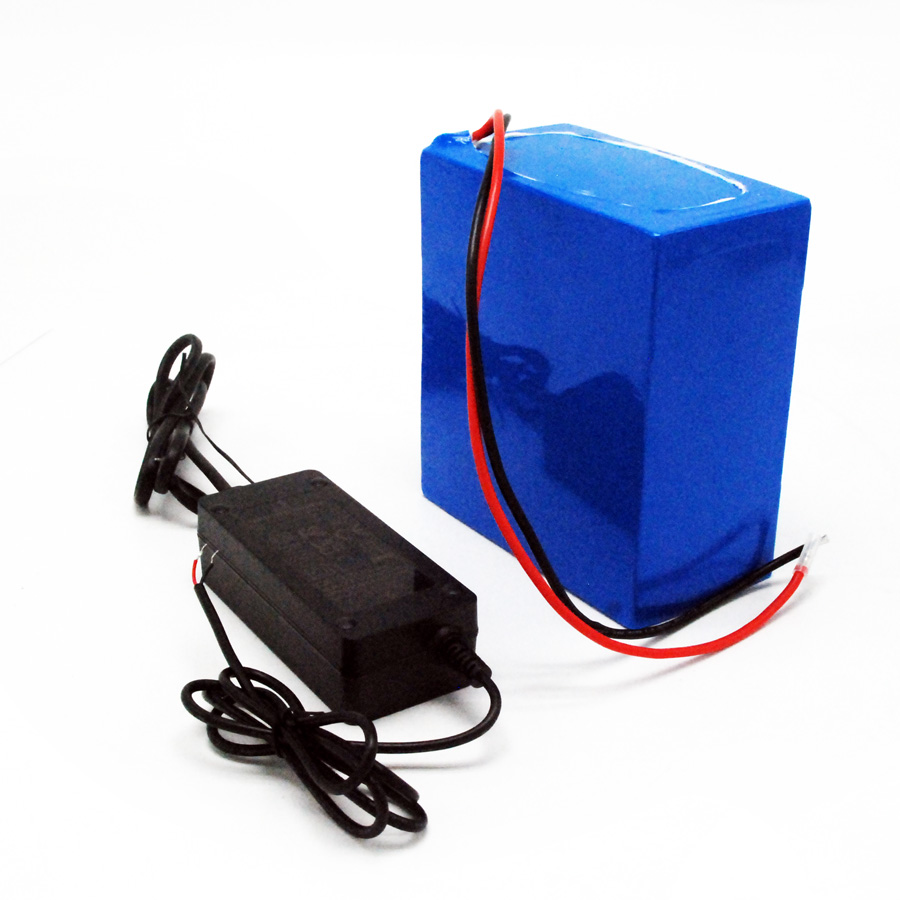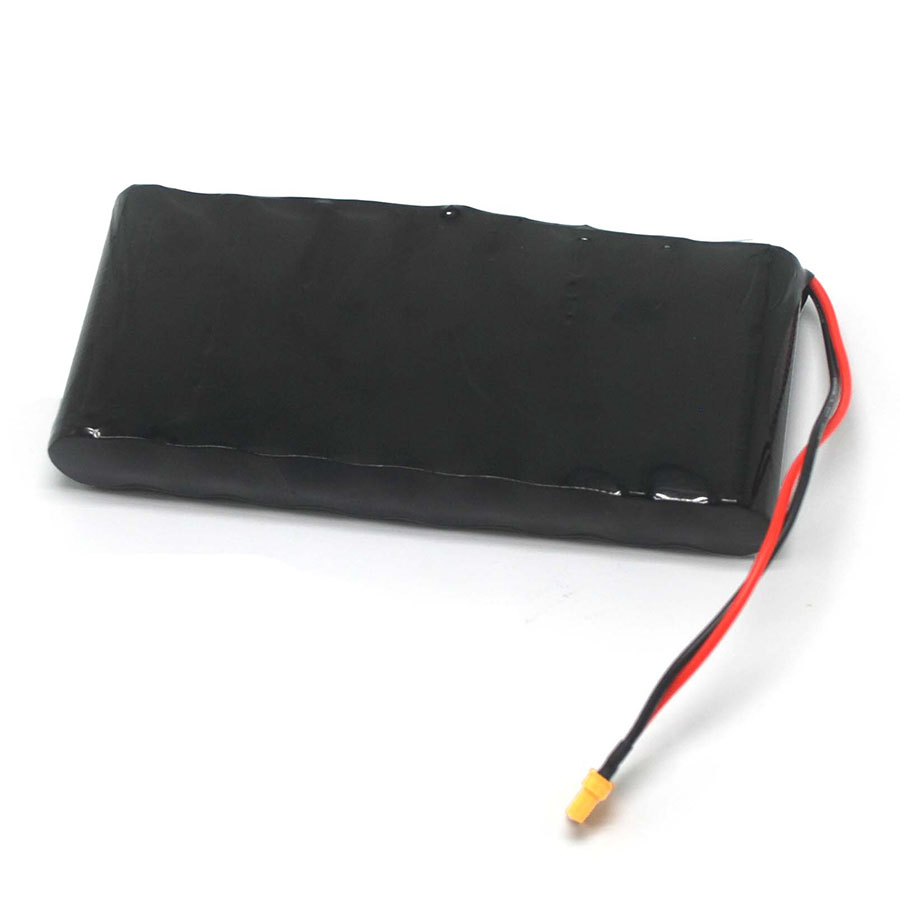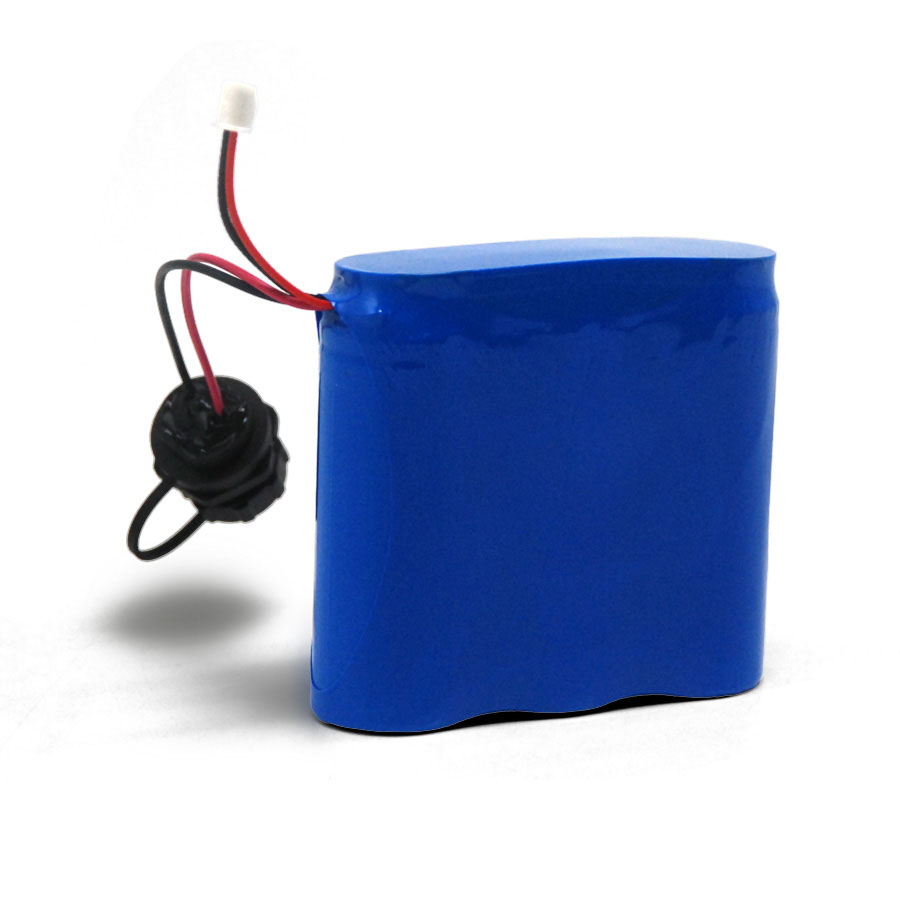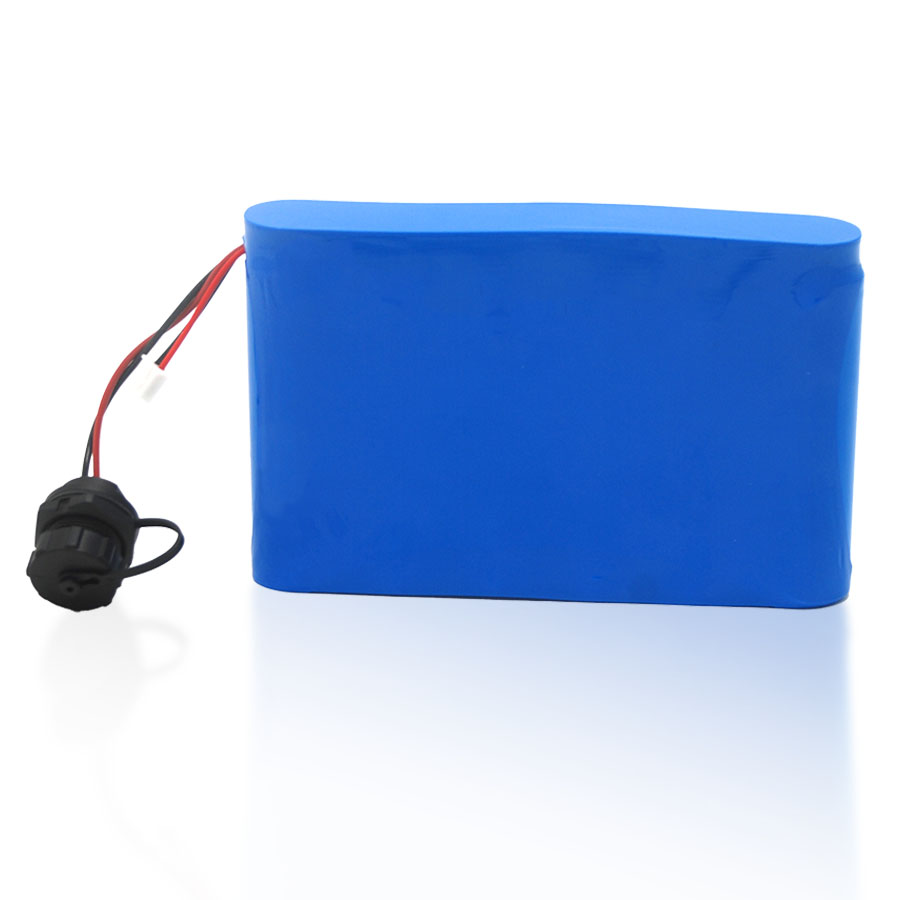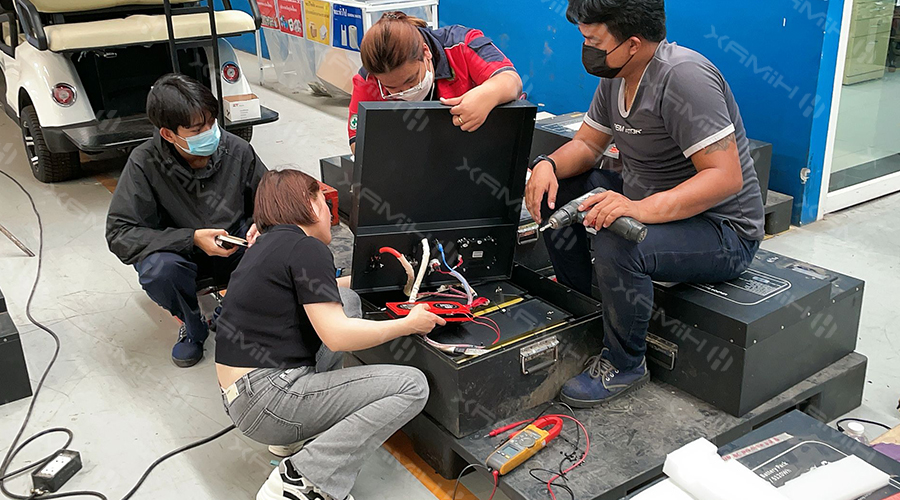
Proper Golf Cart Battery Maintenance is vital for fleet operators and wholesale buyers who rely on reliable, long-lasting power. At Himax Battery, we understand that every dollar saved on battery replacement directly improves your bottom line. In this guide, we’ll walk you through six proven tips to keep your batteries in peak condition, reduce downtime, and extend their lifespan.
Golf cart battery maintenance goes beyond simply charging and storing. It involves a combination of smart‐charging habits, regular inspections, and environmental controls. By following these essential tips, you’ll minimize sulfation, avoid deep-cycle damage, and optimize performance across your entire fleet.
Golf Cart Battery Maintenance: 4 Common Failure Causes
Before diving into preventive measures, let’s identify the four most frequent killers of golf cart battery health.
1. Improper Charging Practices
· Overcharging & Undercharging: Both lead‐acid and LiFePO₄ batteries suffer when charged outside manufacturer specifications.
· Non-smart Chargers: Lacking multi-stage charge profiles, these units can leave batteries under-topped or over-hydrated.
2. Deep Discharge & High-Rate Draw
· Battery Depth of Discharge (DoD): Exceeding recommended DoD dramatically shortens cycle life.
· Excessive Current Draw: Consistent high loads accelerate plate wear and heat buildup.
3. Neglected Electrolyte & Water Levels
· Sulfation Build-Up: Low water levels in flooded lead-acid cells concentrate acid and harden sulfate on plates.
· Corrosion Risks: Poor cell balance leads to uneven plate degradation.
4. Extreme Temperature Exposure
· Heat Stress: Operating above 30 °C (86 °F) accelerates chemical deterioration.
· Freezing Risks: Below 0 °C (32 °F), electrolyte can thicken or freeze, causing internal damage.
Golf Cart Battery Maintenance: 6 Preventive Measures
Implement these six golf cart battery maintenance steps to maximize uptime and safeguard your investment.
1. Use a Multi-Stage Smart Charger
Smart chargers automatically adjust voltage and current during bulk, absorption, and float stages—protecting against overcharge and ensuring a full charge every cycle.
2. Schedule Monthly Electrolyte Checks
For flooded lead-acid batteries, inspect and top up distilled water to the manufacturer’s “max” line. This prevents sulfation and maintains optimal acid concentration.
3. Clean & Tighten Terminal Connections
Corrosion at the terminals increases resistance, leading to heat buildup and energy loss. Wipe connections with a baking-soda solution and ensure all hardware is torque-tight.
4. Perform Equalization Charging
Once every 30–45 days, run an equalization cycle to balance cell voltages and remove sulfate crystals. Note: Skip this for sealed LiFePO₄ systems.
5. Control Operating & Storage Temperatures
Store batteries in a climate-controlled area between 10 °C and 25 °C (50 °F–77 °F). During extreme heat, install shade or ventilation to prevent thermal runaway.
6. Integrate a Robust Battery Management System (BMS)
A BMS monitors cell voltages, temperatures, and state-of-charge. For wholesale fleets, a BMS with real-time alerts can prevent disastrous over-discharge or cell failure.
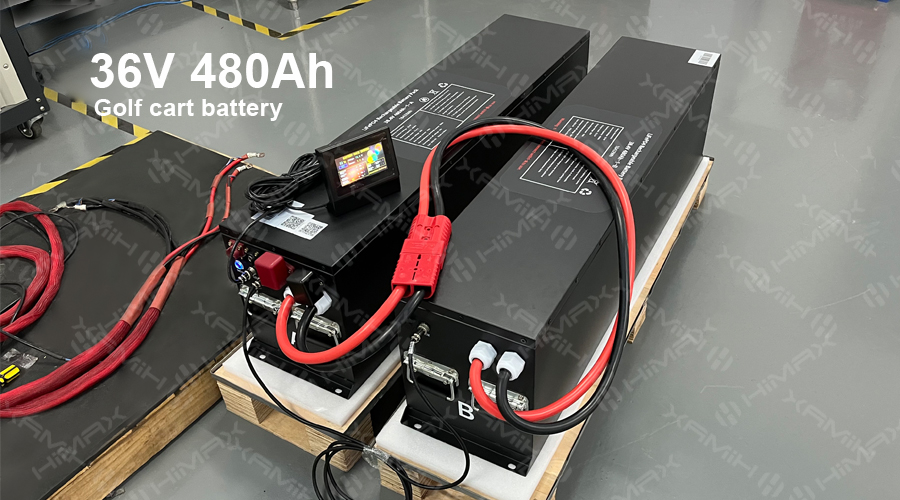
Advanced Best Practices for Fleet & Wholesale Buyers
Beyond the core maintenance steps, consider these secondary strategies to optimize your golf cart battery care program.
Choose the Right Chemistry
· LiFePO₄ vs. Flooded Lead-Acid: LiFePO₄ offers longer cycle life and minimal maintenance, while lead-acid provides a lower upfront cost. Match chemistry to your usage profile.
Implement a Rotation & Tracking System
Log each battery’s charge cycles, run hours, and maintenance dates. Rotate batteries in and out of service to even out wear and identify underperformers early.
Schedule Professional Inspections & Load Tests
Quarterly load testing by certified technicians verifies capacity and internal resistance. Early detection of weak cells prevents sudden fleet downtime.
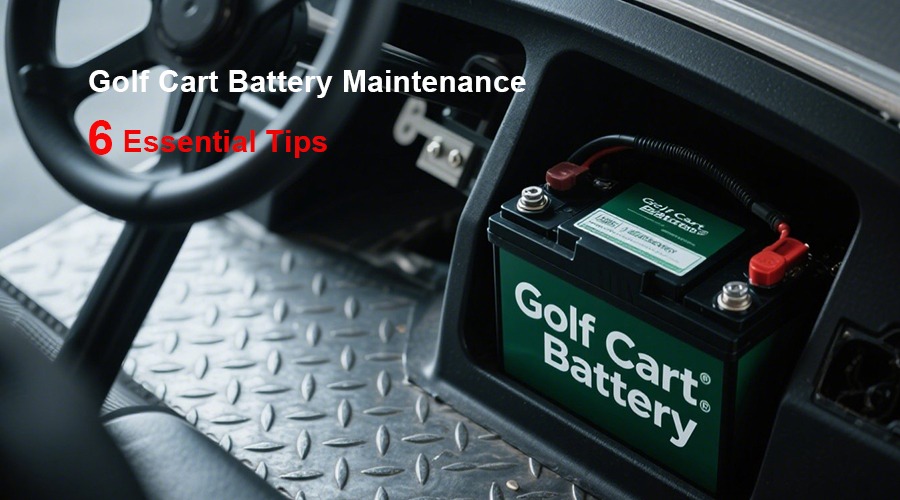
Conclusion & Next Steps
Effective Golf Cart Battery Maintenance isn’t optional—it’s a strategic advantage for any fleet or bulk-procurement operation. By adopting these six essential tips plus advanced best practices, you’ll:
· Reduce Total Cost of Ownership through fewer replacements
· Improve Fleet Uptime with proactive health checks
· Maximize Battery Lifespan via balanced, climate-appropriate care
Next Steps: Contact Himax Battery today to learn about our factory-direct, custom golf-cart battery solutions, complete with after-sales support and tailored BMS integration. Let us partner with you to keep your fleet powered and profitable.


